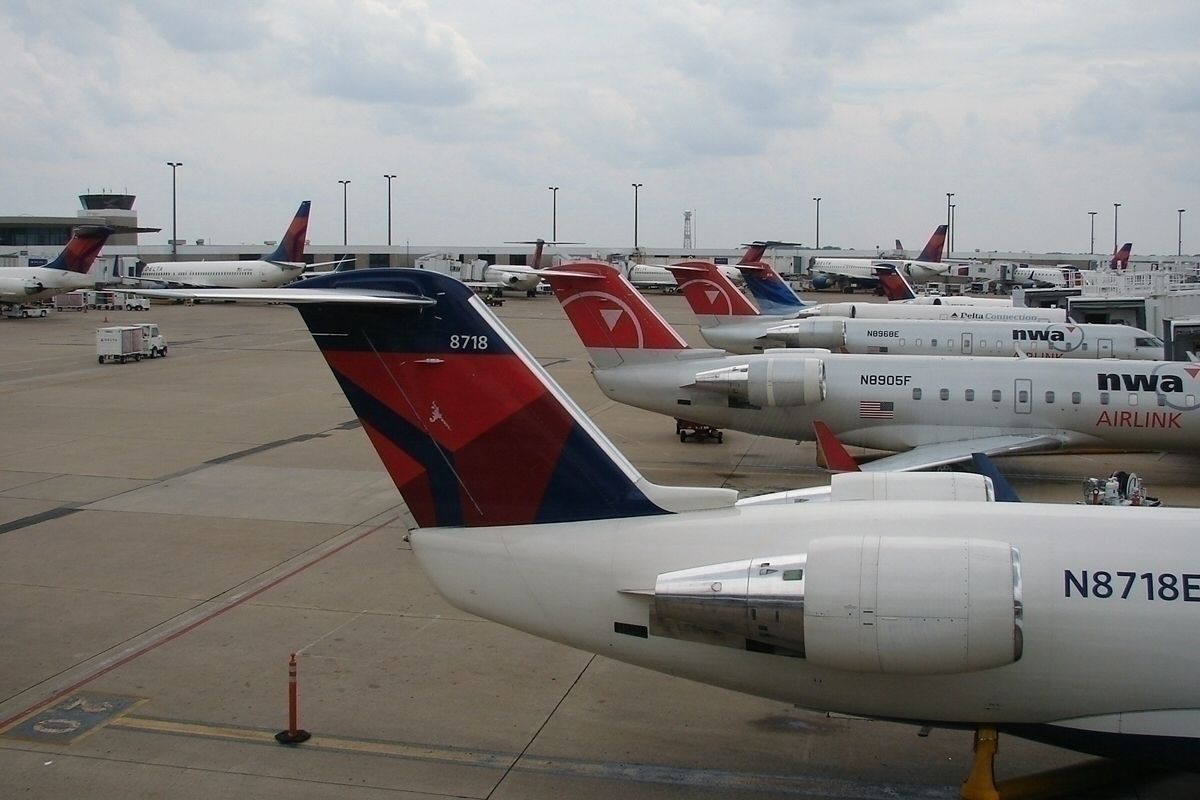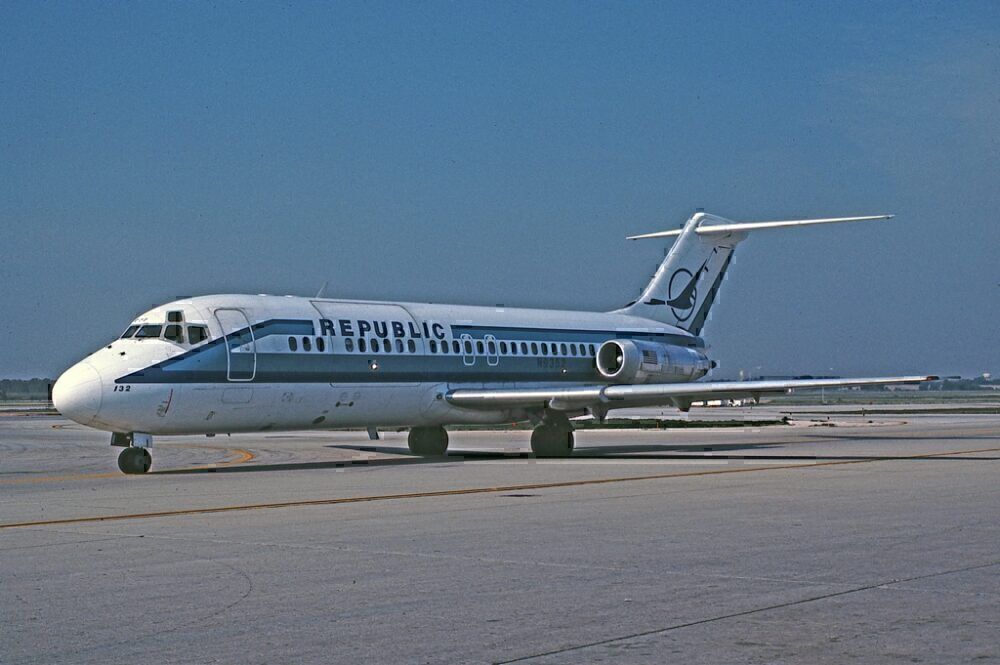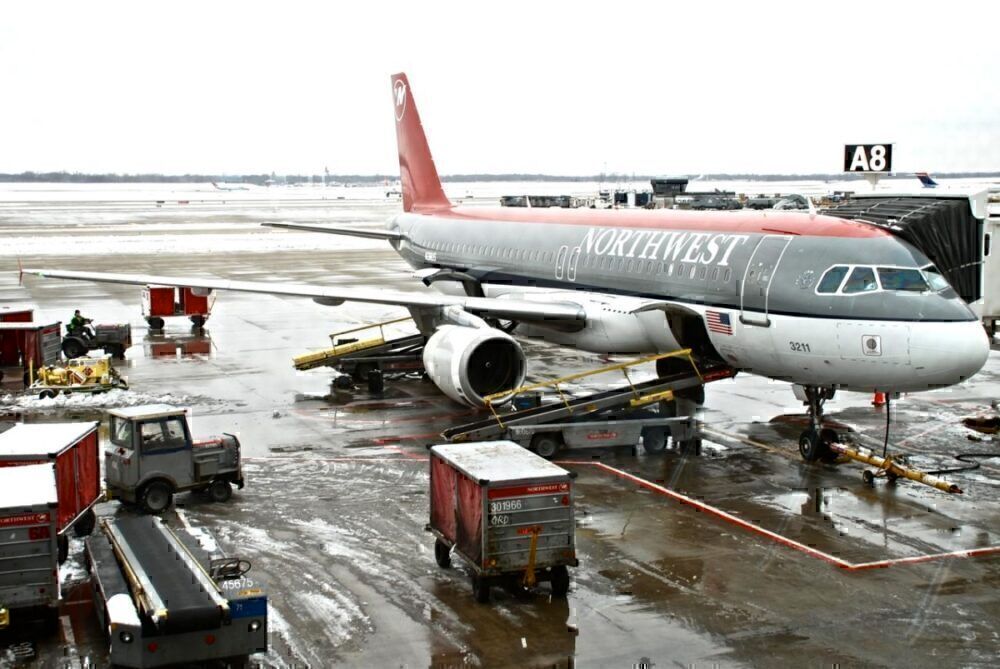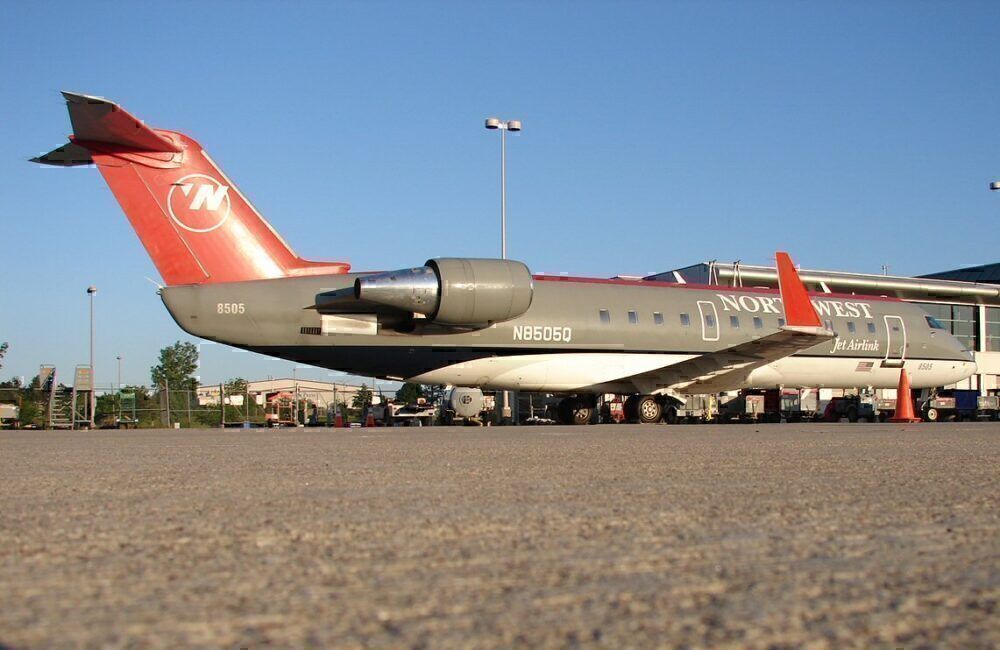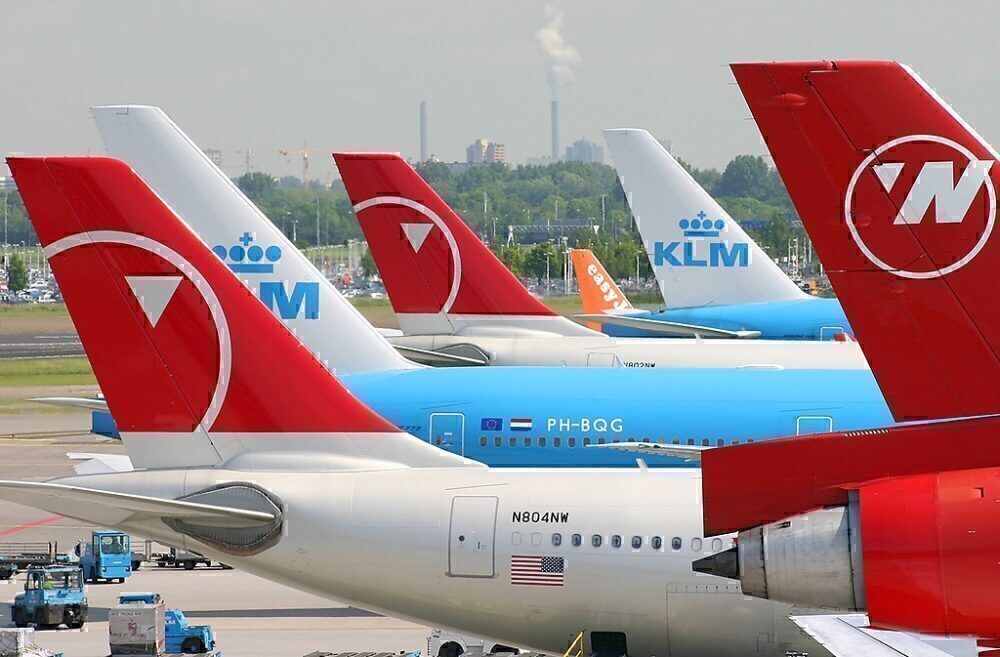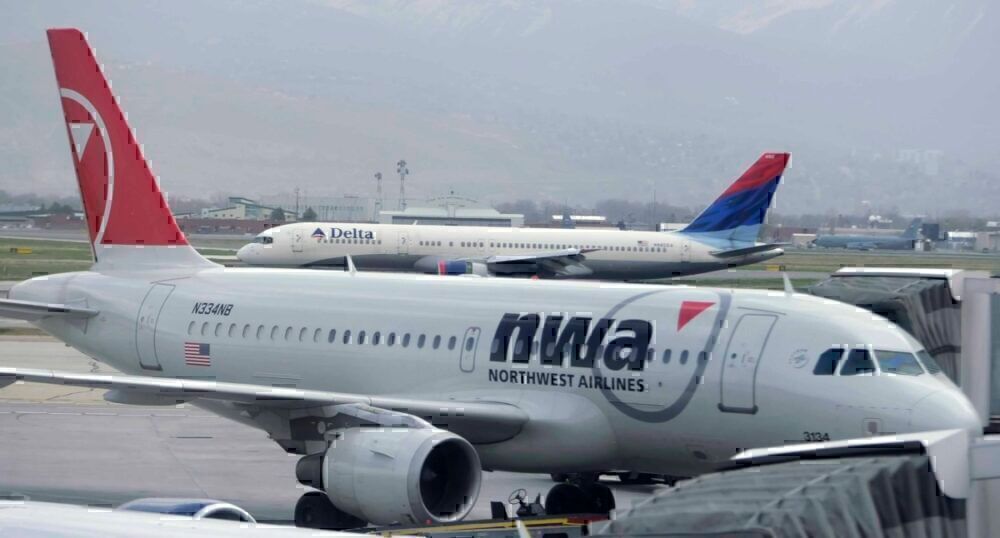As little as ten years ago, Memphis International Airport (MEM) was a major hub airport in the United States, handling millions of passengers a year connecting, originating, and terminating. However, in 2013, Memphis was forced to transition from a passenger hub to an origin and destination airport. Here is a history of the rise and fall of Memphis International Airport as a passenger hub.
The 1980s
While aviation in Memphis has a long history that stretches all the way back to the 1920s, as a passenger hub, the catalyst for the airport's growth came in 1985 when Republic Airlines (different from today's Republic Airways) made Memphis International Airport a hub.
Republic Airlines, in the form that it was when it announced the hub plans, did not stick around for long. It merged with then-Northwest Orient Airways, an ode to the airline's extensive Pacific operations. However, with the $884 million purchase of Republic Airways (worth just over $2 billion today), the airline rebranded itself as "Northwest Airlines." As part of the merger, the combined airlines had hubs in Detroit, Minneapolis/St. Paul, and Memphis.
Northwest Airlines (NWA) then grew out of Memphis International Airport, with the airport undertaking expansive and extensive construction projects to improve the facilities and turn the airport into a major hub. Although, at this time, most of the airport's hub operations with Northwest were domestic and short-haul international.
Nevertheless, the airport needed to live up to its hub status and thus embarked on a mission that saw the airport repave its runways and aircraft aprons, update its terminal concessions, increase the size of passenger waiting areas, and build a new ramp control tower to better coordinate aircraft ground operations.
Stay informed: Sign up for our daily aviation news digest.
International growth in the 1990s
Memphis had its eyes on international expansion, as did its largest tenant, Northwest Airlines. In early 1994, Northwest Airlines restructured its Memphis hub schedule to have three omni-directional banks, which ended up improving connecting opportunities for passengers and pushed the airline to greater profitability.
In June 1995, Memphis International Airport opened up a new international arrivals facility. Coinciding with this was Northwest and partner KLM's first nonstop transatlantic service to Memphis from the airport using an MD-11. The route would be supported by domestic feed and give passengers more opportunities to cross the Atlantic and travel abroad– while also helping grow the airport's international prominence.
In 1999, Memphis-Shelby County Airport Authority officials reached an agreement with Northwest Airlines to renovate and expand the airport to allow Northwest Airlines the opportunity to grow at the hub.
Into the 2000s
In 2000, The "World Runway" was dedicated. This 11,100-foot runway would allow Memphis to handle larger widebody jets that offered a lot of growth potential. This runway still exists at the airport as 18C/36C. Also, in 2000, NWA launched a fourth bank of flights at the airport– which represented a 25% expansion in service.
In 2001, a new 9,200-square-foot WorldClub facility opened up. This was NWA's lounge offering on the ground and was one of the hallmarks of the airport's renovation and modernization plan for the 2000s.
In 2003, when Northwest Airlines unveiled a new livery, Memphis was one of the stops for the newly painted aircraft, which do traditionally visit an airline's most important hubs.
In 2007, Northwest Airlines was the largest operating carrier at the airport, with over five million passenger enplanements a year on mainline services. Counting in regional service on Pinnacle and Mesaba under the "Northwest Airlink" brand, then the airline had a roughly 80% market share at the airport; hugely impressive and indicative of a carrier's fortress hub. However, all that was about to change.
The end of the hub
In 2008, Delta Air Lines and Northwest Airlines merged with the latter brand ceasing to exist. While at first, Delta Air Lines planned to maintain all of Northwest's hubs– including Memphis, it soon became clear that the new Delta preferred Atlanta as its southern US hub, which also happened to be the airline's largest hub and world's busiest airport.
In 2013, Delta Air Lines announced plans to drop the Memphis hub citing unprofitability, according to a Reuters report from the time. The airline was cutting down from almost 300 daily flights a day during the peak Northwest hub time to about 60 flights per day, a significant blow to the airport.
However, where one door closes, another one opens. Memphis began to recruit fast-growing low-cost carriers. Southwest, Frontier, and Allegiant all started serving the airport in the last seven years. Not to mention, existing airlines were able to capitalize on Delta pulling back by adding new flights, thus turning the airport into an origin and destination airport rather than a massive connecting hub.
However, Delta Air Lines does have some legacy at the airport. In 2019, with over one million passengers flying the airline, it was the largest carrier at Memphis International Airport; however, it only had about a 25% market share at the airport.
Do you have fond memories of Memphis as a Northwest Airlines or Delta hub? Do you miss the Memphis hub? Let us know in the comments!

